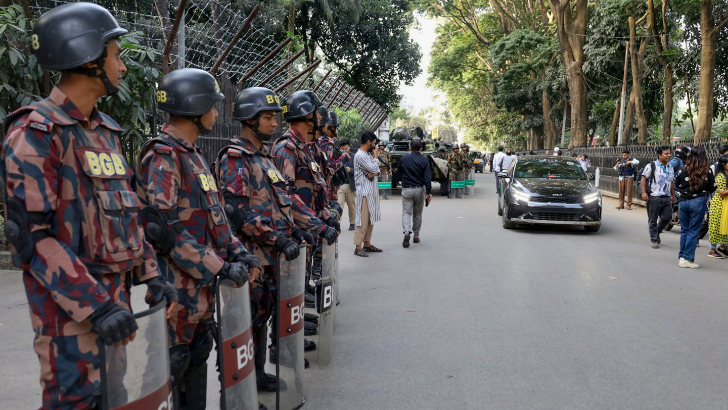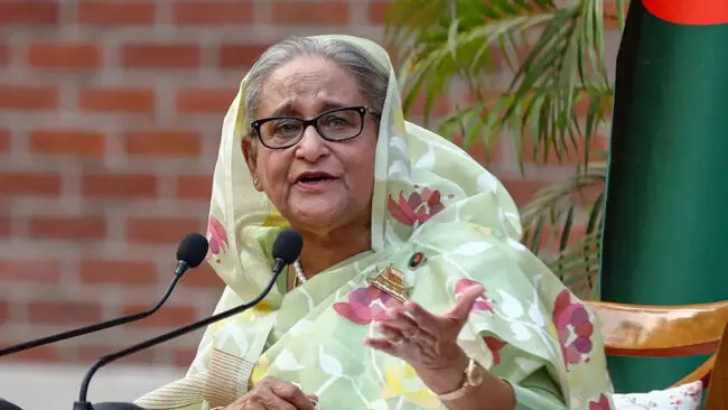Millions displaced, 80% water lost: Pakistan’s Indus delta on the brink
Across the Indus delta, over 1.2 million people have been displaced in the past two decades, according to the Jinnah Institute.
Agencies
.jpg)
Sindh,
6 August
Salt crusts crunch beneath Habibullah Khatti’s feet as he visits his
mother’s grave for the last time. Soon, he will leave Abdullah Mirbahar village
in Pakistan’s Indus delta, a once-thriving farming and fishing hub now choked
by seawater intrusion.
Where the Indus River meets the Arabian Sea, dwindling freshwater flow — reduced
by 80 per cent since the 1950s due to irrigation canals, dams, and climate
change — has allowed saltwater to engulf communities. Salinity has risen 70 per
cent since 1990, rendering farmland barren and devastating fish, shrimp, and
crab populations.
Kharo Chan, once home to 40 villages, has mostly vanished beneath the
rising tide. The town’s population has plummeted from 26,000 in 1981 to just
11,000 in 2023. Across the Indus delta, over 1.2 million people have been
displaced in the past two decades, according to the Jinnah Institute.
With only four households left in his village, Khatti plans to move to
Karachi, joining tens of thousands who have fled the delta’s coastal districts.
For many, relocation means not just losing land but a way of life, especially
for women who once stitched fishing nets and processed the day’s catch.
Government and UN initiatives, including mangrove restoration, aim to slow the delta’s collapse, but challenges persist. Land grabbing, unchecked development, and upstream water disputes with India further threaten the fragile ecosystem.
Leave a Reply
Your email address will not be published. Required fields are marked *










.png)

.png)
.png)
.png)
.png)



